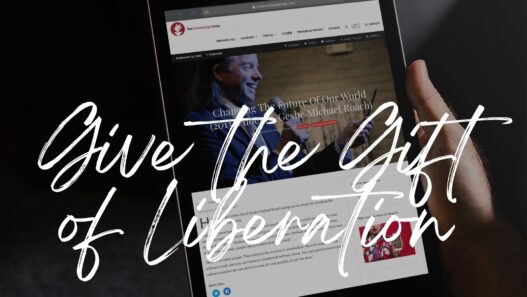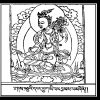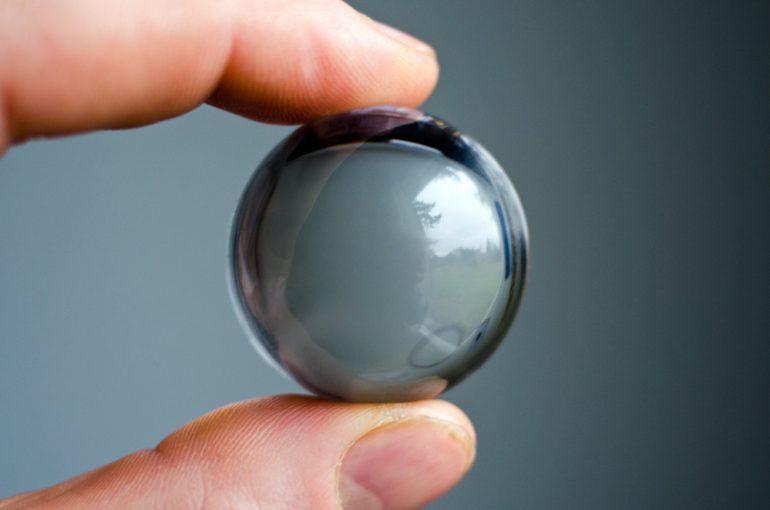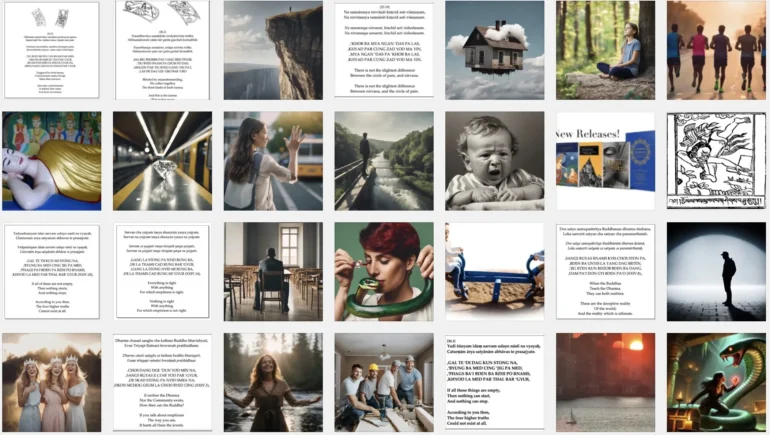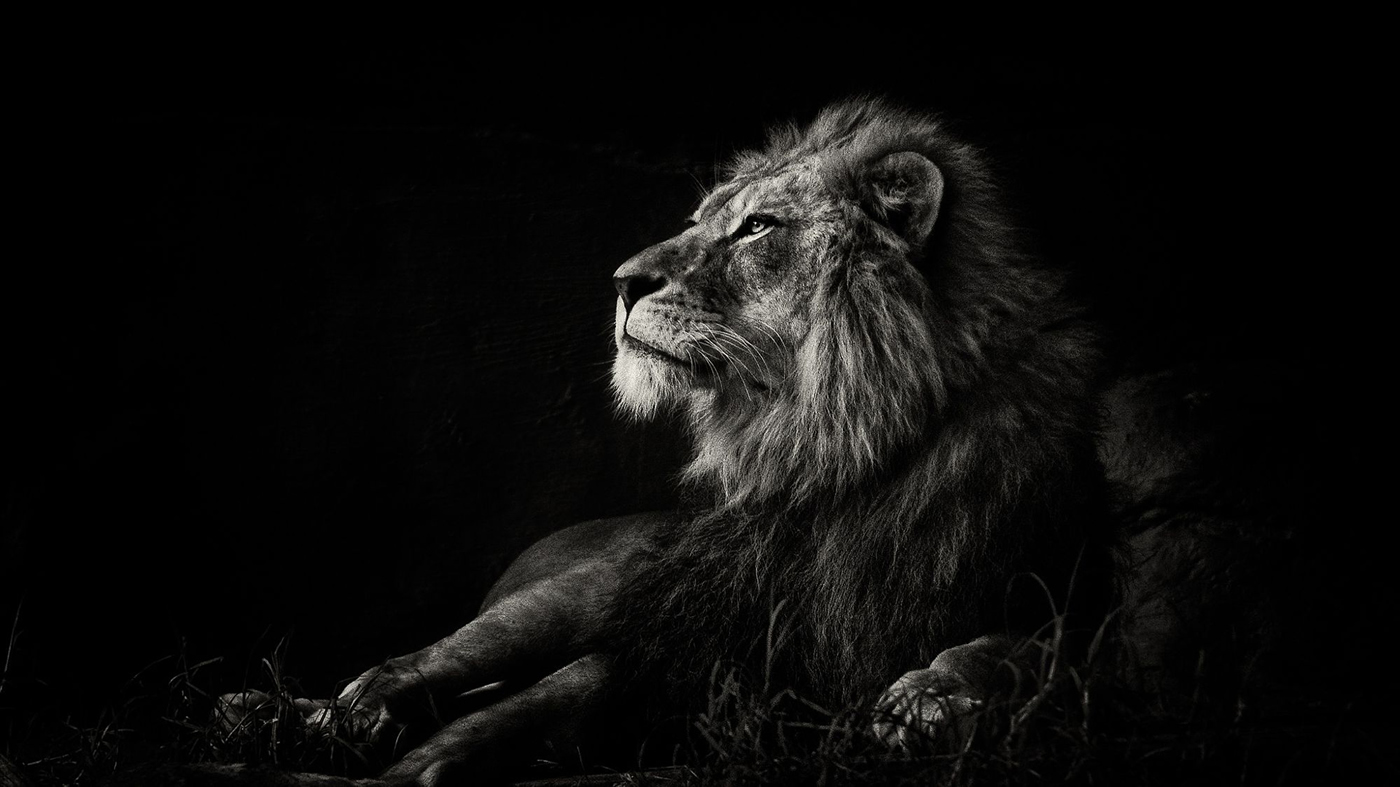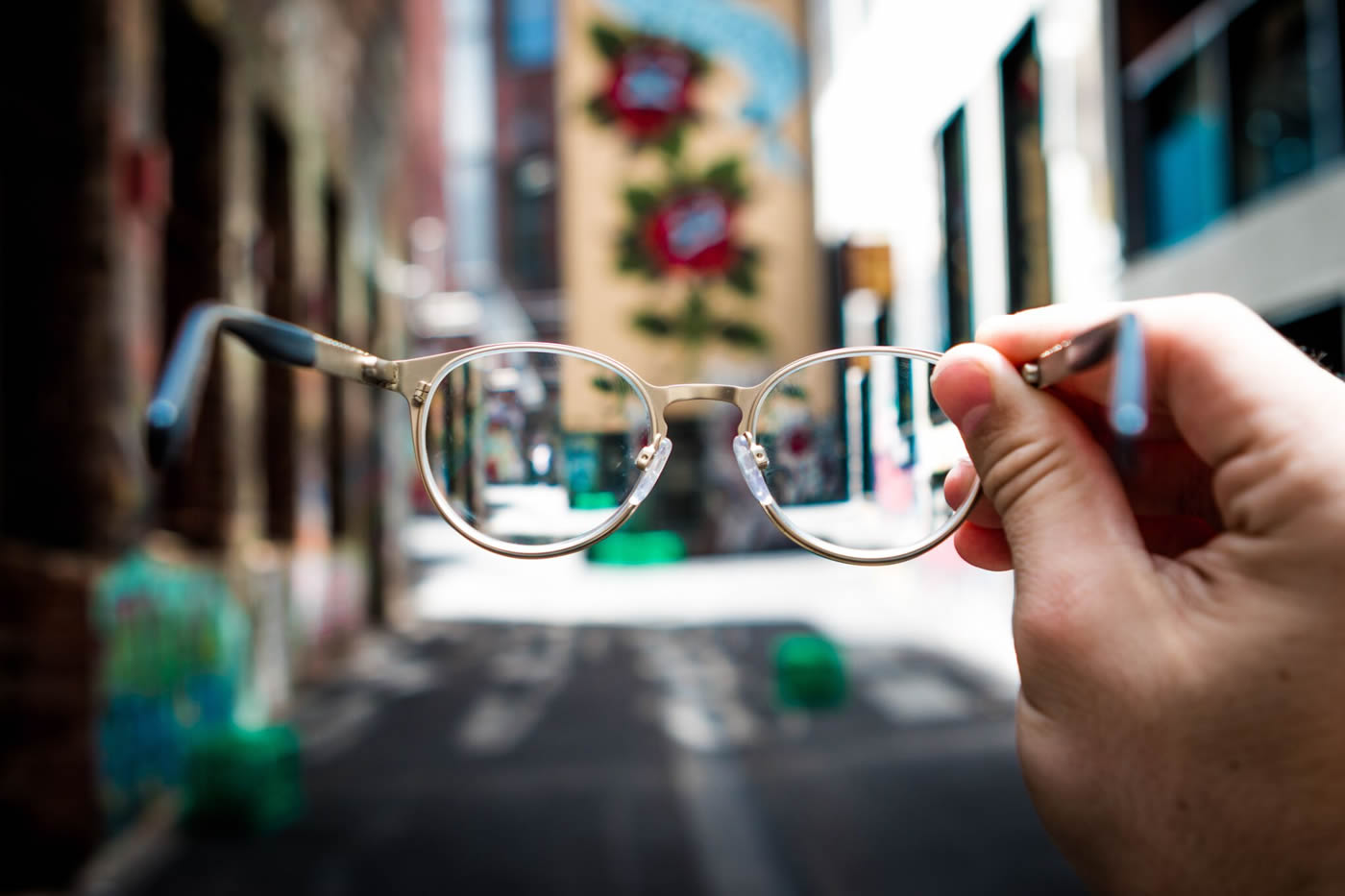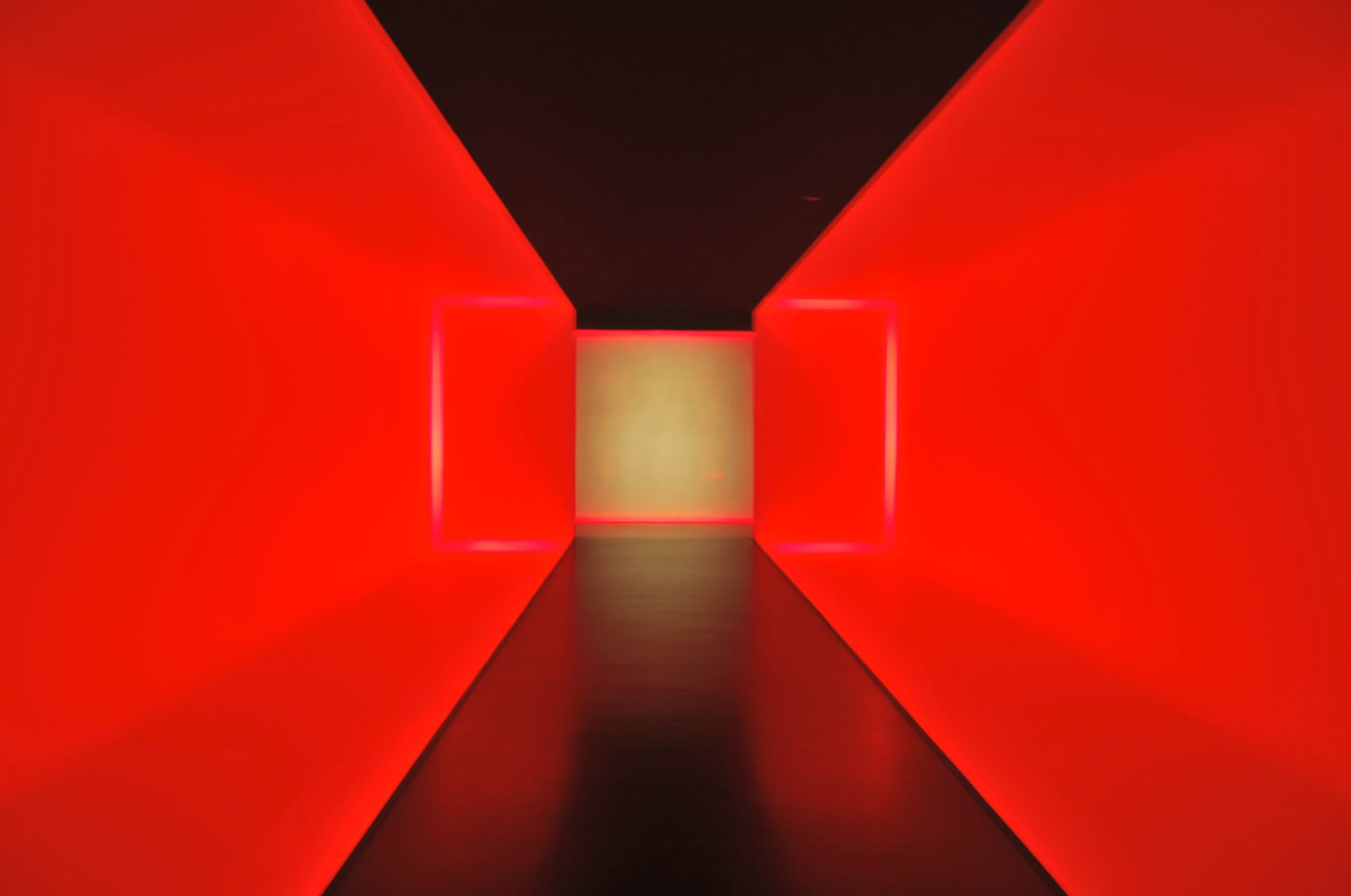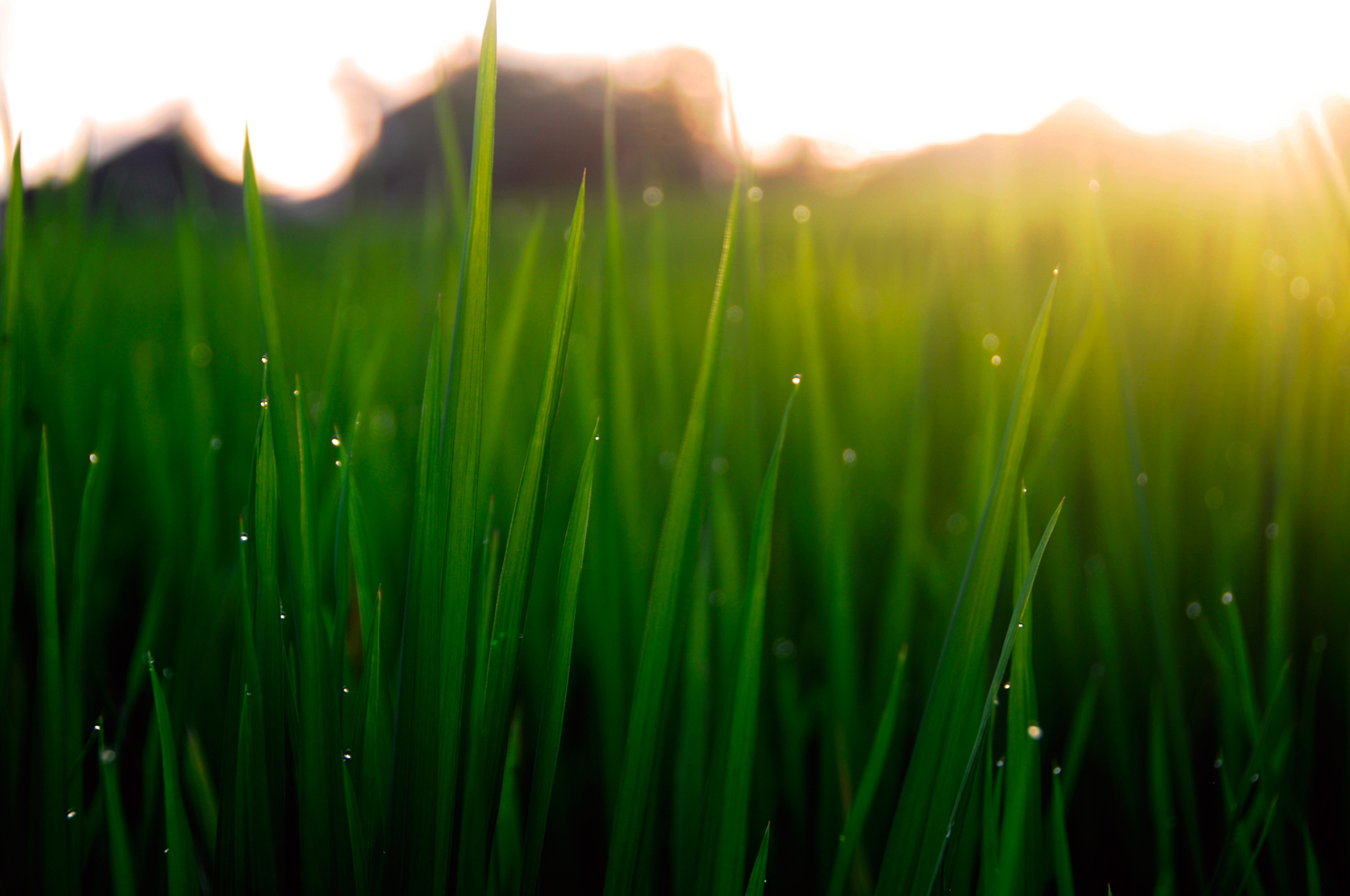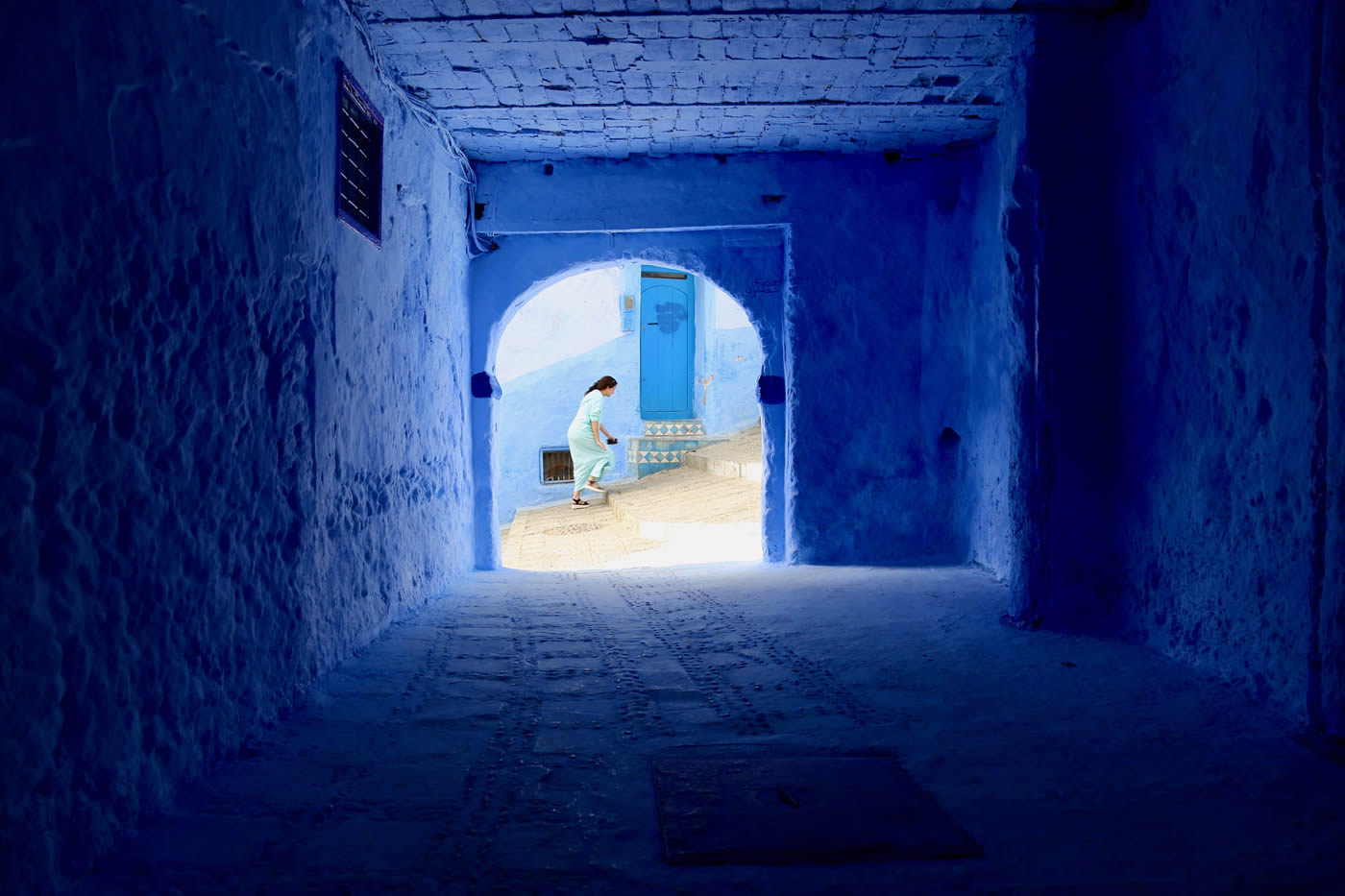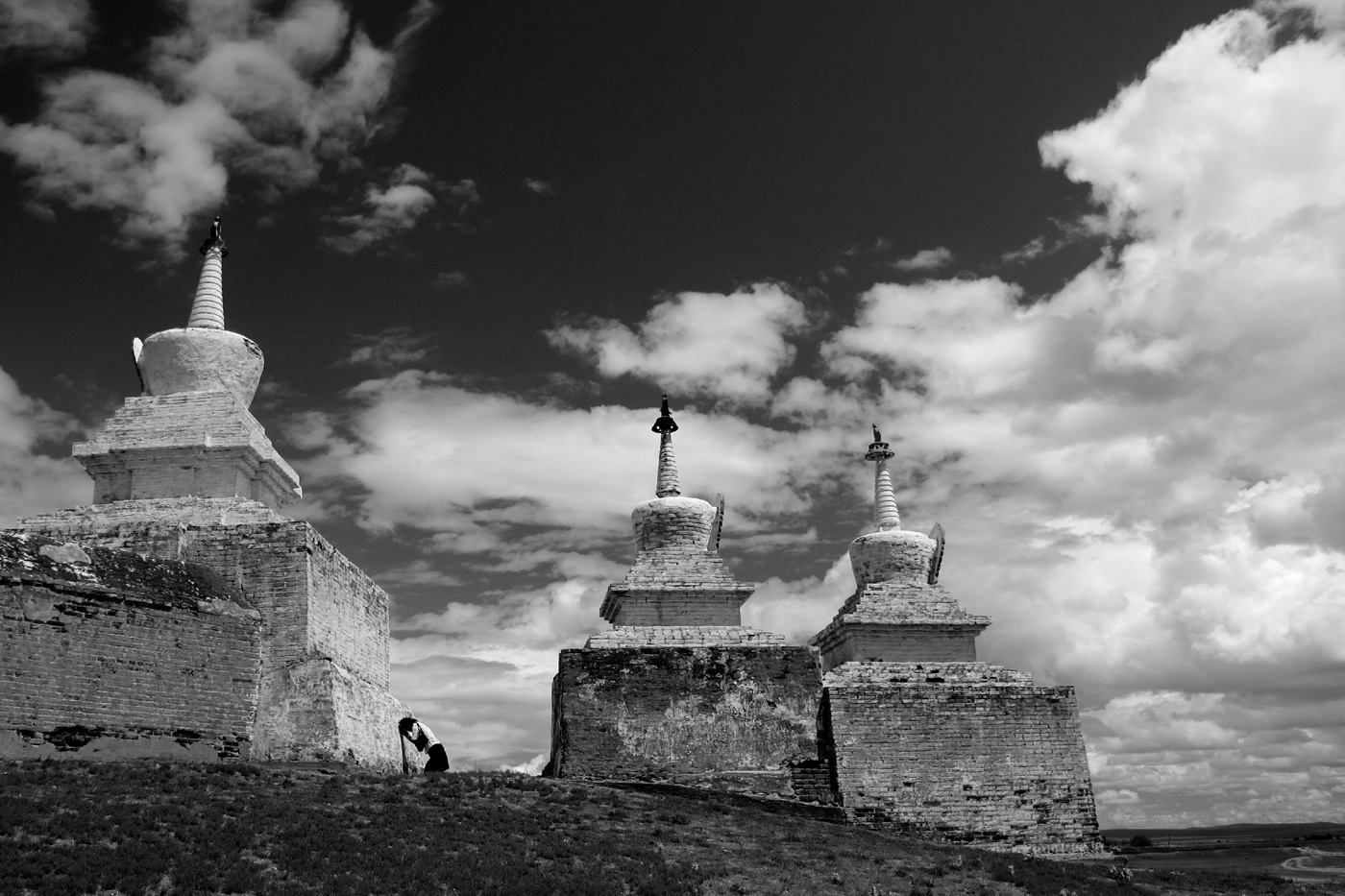Class Video
This is a video playlist. Just click for the next video to see additional videos in the series.
Class Audio
Meditation Audio
Interactive outline of topics covered in each class. Clicking each topic will link directly to the relevant section in the video.
Class 1
16:12 – Lion’s Dance Meditation intro and background
25:24 – Start of guided meditation
1:03:45 – Start of Gift of Liberation Class 1
1:04:00 – Explanation of the name of the Lam Rim text we’re using for this teaching
1:32:07 – Teaching emptiness using the example of a pen
1:40:37 – Teaching about dependent origination using the example of a pen
1:44:08 – The connection between emptiness and dependent origination
1:48:08 – 4 wrong ideas about emptiness
2:18:34 – Beginning of the current Lam Rim section for this retreat
2:25:55 – Special problems of the deva rebirth
Class 2
0:00 – Start of guided meditation
39:28 – End of guided meditation
1:14:39 – Start of Gift of Liberation Class 2
1:41:24 – Description of the 3 types of suffering. Devas still have all three.
1:47:35 – Is it possible not to die?
1:50:18 – The bank of other people: the only investment that can never fail
2:15:21 – Lamrim 31, Meditation 5 Image. Don’t wear prayer beads for fashion. Use them for mantra!
2:21:33 – Meaning of 3 parts of OM (AUM).
2:32:51 – All the same crap, different packages.
Class 3
1:16:44 – (2) Try to get the person to remember the good things they did.
1:25:20 – Recap of all the steps above to help someone who is dying, or has died already.
Class 4
26:30 – Beginning of Gift of Liberation 31, Class 4
Class 5
7:42 – In this meditation we’ll respect our teachers and create new seeds for them to stay with us.
8:28 – Beginning of lion’s dance guided meditation.
46:53 – End of lion’s dance guided meditation.
1:16:07 – Don’t be this type of Buddhist!
2:11:18 – Geshe Michael gives an example / story to answer this question. Let’s say you write a note to yourself that says “you’re stupid” and send it to yourself in the mail. After some time the postal carrier will come and delver the letter to you. After you read it should you get angry with the postal carrier? No, you wrote it. Should get angry with yourself. They are just delivering it. People in our life are the same. You created karmic seeds in the past which are now ripening as annoying people and situations. Don’t get angry with them. They are just the postal carrier. You wrote the letter yourself.
‘
2:14:55 – When you have a headache and take aspirin, will it work or not? Sometimes. If you helped other people in the past with a headache. If you planted the karmic seed to make the medicine work, then the medicine will work for you. The aspirin is the postal carrier. They didn’t write the letter. So when you’re teaching and the Buddhas come to you, did the Buddhas come to you? Don’t forget the 3 questions. (1) Do i have a pen in my hand? Yes. (2) Do i have a pen in my hand which comes from me? Yes. (3) Do I have a pen in my hand which comes from the pen? No.
Class 6
2:29 – Beginning of lion’s dance guided meditation.
42:22 – End of lion’s dance guided meditation.
1:24:19 – NYIN BCO LNGA PAR, SLOB DPON CHEN
@267B PO ‘PHAGS PA LHA’I ZHAL NAS,,SDUG BSNGAL RGYA MTSO ‘DI LA MTHA’,,RNAM PA KUN TU YOD MIN NA,
This ocean of suffering has no limit whatsoever.
,BYIS KHYOD ‘DIR NI BYING BA LA,,’JIGS PA CIS NA SKYE MI ‘GYUR,,ZHES ‘DREN PAR MDZAD DE,
0 fool, you who are chained here. Why are you not terrified?
1:31:56 – SPYI BO’I BLA MA LHA BSGOM BZHIN DU ‘KHOR BA’I SDUG BSNGAL BSAM,
1:33:38 – THUN MTSAMS SU ‘KHOR BA’I NYES DMIGS STON PA’I SKOR MDO DRAN PA NYER GZHAG SOGS BLTA,
1:34:48 – DE LTAR BSAMS NAS NGES ‘BYUNG SKYES PA’I TSAD NI,
How to get a strong feeling that you want to change this suffering body (real renunciation)?
1:35:04 – ‘KHOR BA’I BDE SKYID STOBS ‘BYOR SOGS GANG MTHONG YANG, ‘DI DAG NI BSLU BA’I CHOS CAN YIN,
Class 7
0:44 – DES NA RJE TZONG KHA PA CHEN POS,
Pabongka Rinpoche is beginning the 15 day of the teaching by quoting Je Tsongkapa.
Class 8
4:52 – Beginning of lion’s dance guided meditation.
46:26 – End of lion’s dance guided meditation.
1:13:55 – End of Q&A and continuation of the Liberation Lamrim text.
(1) Renunciation – I’m tired of things falling apart and going badly in my life.
1:59:45 – The first part, studying all the mental afflictions, has 4 parts of its own. They are:
(3) Who is their mother? Who created them? Where did they come from? Can I stop that part?
2:05:09 – DES NA KUN ‘BYUNG LA LAS KYI KUN ‘BYUNG DANG NYON MONGS PA’I KUN ‘BYUNG GNYIS YOD,
2:21:36 – SRED LEN MED NA RLAN DANG BRAL BA’I SA BON BZHIN
(2) I must stop this seed. I must put it in the freezer quickly.
Video Clips of Important Ideas from A Gift of Liberation 31: How to Make Your Mind a Beautiful Place (2018, Thailand)
This is a video playlist. Just click for the next video to see additional videos in the series.
Gift of Liberation 31 Idea Images (Idims)
Class Video (Español)
This is a video playlist. Just click for the next video to see additional videos in the series.
Audio de la Conferencia
Audio de Meditación
Class Video (Deutsch)
This is a video playlist. Just click for the next video to see additional videos in the series.
ÂVortrags Audio
Meditation Audio
Class Video (русский)
This is a video playlist. Just click for the next video to see additional videos in the series.
Аудио занятия
Аудио медитация
Class Video (Tiếng Việt)
This is a video playlist. Just click for the next video to see additional videos in the series.








